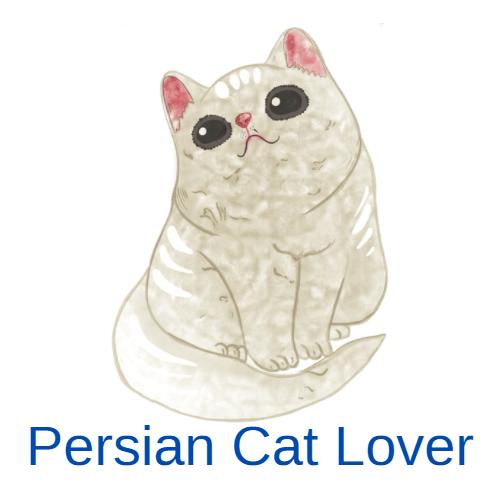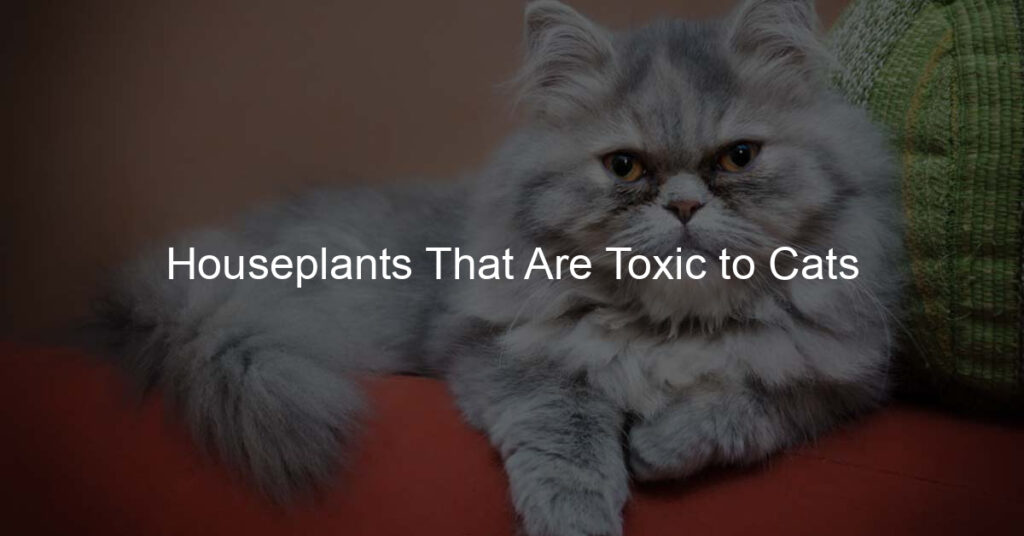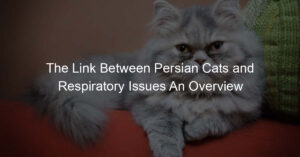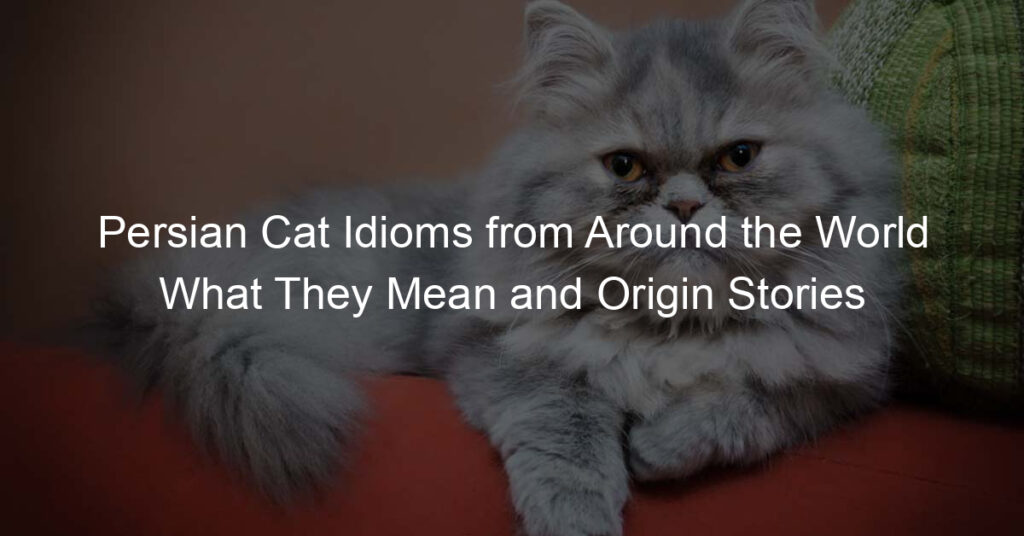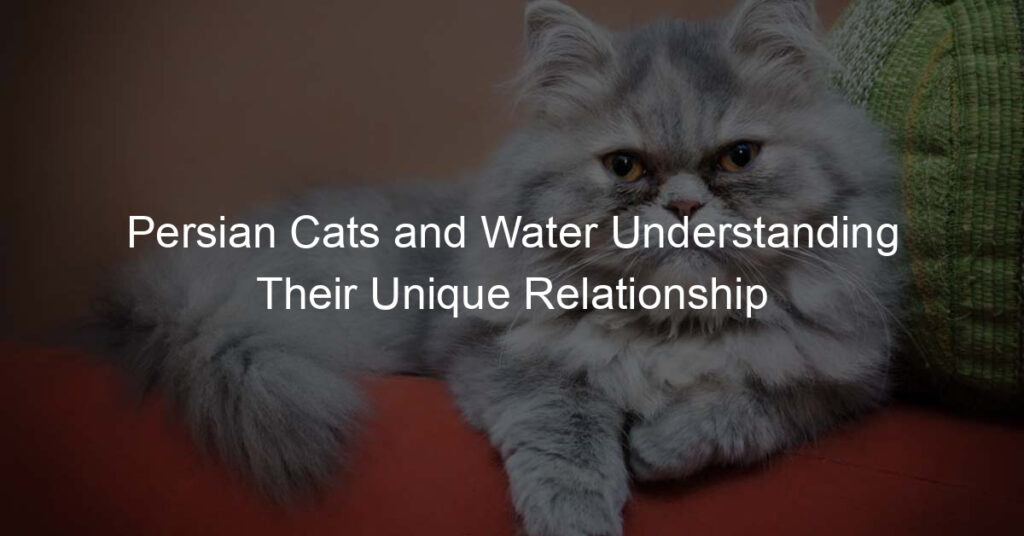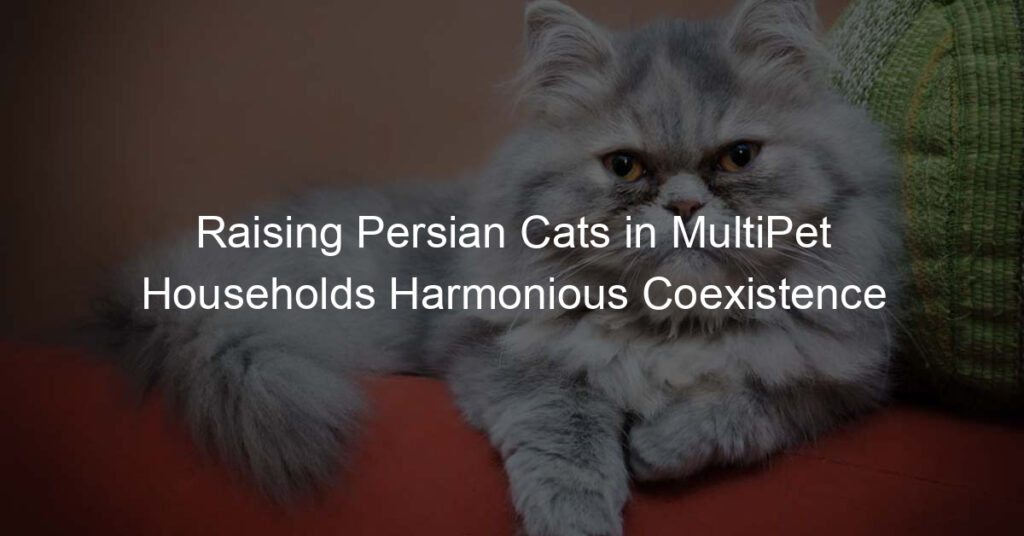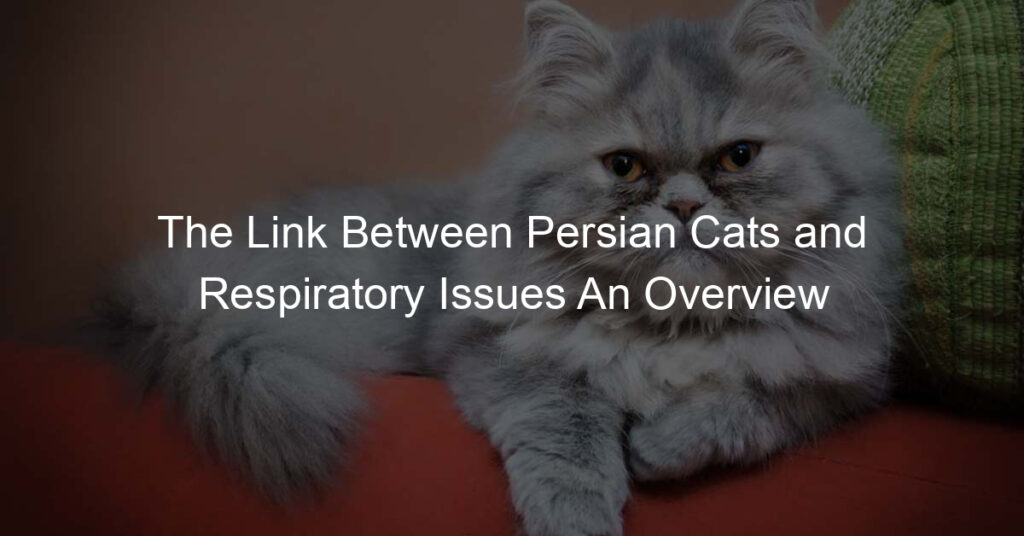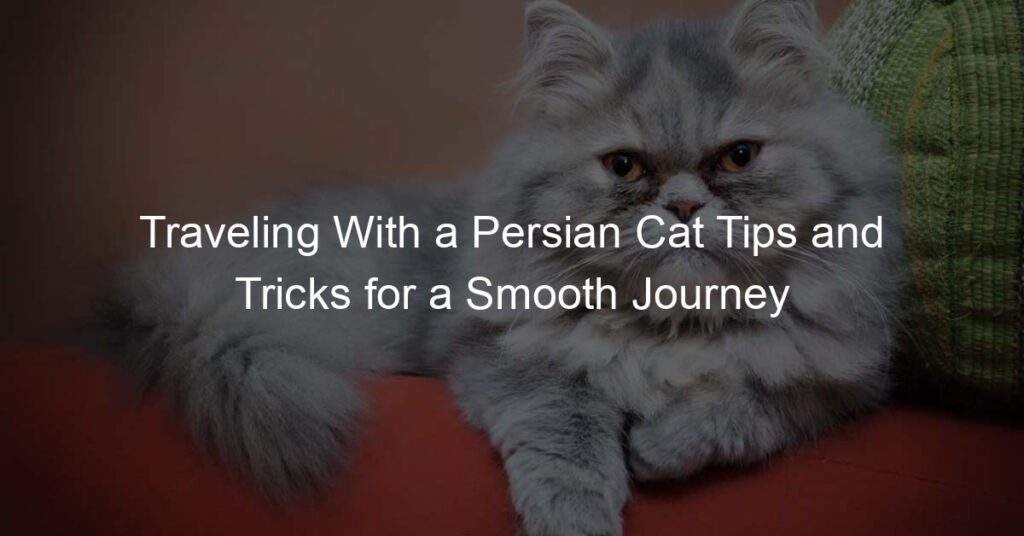If you own a cat, it’s important to be aware of which houseplants are toxic to them. Some common plants that are poisonous to cats include lilies, tulips, and azaleas.
While these plants can add beauty to your home, they can also pose a serious health risk to your feline friend. Here is a list of some of the most common toxic houseplants and what you should do if your cat comes into contact with them.
Which plants are most toxic to cats?
The dangers some plants present to curious cats should not be underestimated. Lilies, in particular, are particularly hazardous, and it only takes a pet pawing at or nibbling the leaves or blooms of even one lily flower for the cat to suffer severe renal damage.
Additionally, iris, morning glory, and daffodils are other plants to keep away from cats as all of these can potentially cause respiratory and digestive problems for felines that come into contact with them.
It is always best to err on the side of caution when it comes to house plants – if you think that your furry friend might take an interest in the leaves or petals of a certain plant, it is much better to simply avoid bringing that particular species into your home.
Will cats eat toxic houseplants?
Will cats eat toxic houseplants? The answer is yes, they can – cats are curious animals and are prone to nibbling on and even ingesting items in their environment, even if those items aren’t particularly conducive to their health.
Luckily, many plant varieties have been deemed safe for both cats and other household pets. If you have a cat and are wanting to incorporate some foliage into your home décor, be sure to research what types of plants are safe before adding them in.
This way, you can rest assured knowing that your four-legged feline won’t be at risk of ingesting anything that could cause harm.
How do I stop my cat from eating my houseplants?
When it comes to cats and houseplants, a classic battle ensues. Your cherished greenery may be irresistible to your furry friend, but you can help minimize plant damage with a few clever solutions.
Start by keeping your cat entertained with the right toys and getting them used to playing with them instead of nibbling on leaves.
If possible, relocate the houseplant well out of reach – even if it’s just for a while – or give him an alternative snack like kitty grass to provide a safe chewing option.
Whether it’s providing something desirable or distracting from the plants, these steps should help your cat stay away from eying your prized flowers and herbs.
How toxic is Monstera to cats?
If you have cats in your household, it’s important to be aware of the plants around your home and their safety for curious felines.
Monstera, otherwise known as the Swiss Cheese Plant, is a popular houseplant with large showy leaves ideal for decorating any indoor space.
While not every species of Monstera is toxic to cats, some contain calcium oxalate crystals that can cause tissue irritation if chewed or ingested.
The severity of the symptoms corresponds to the amount ingested and ranges from mild oral irritation to difficulty swallowing, excessive drooling, and vomiting.
As a general rule of thumb, it’s best to keep all suspect plants out of reach from cats who are known to indulge in leaf-munching from time to time!
What is a cat’s Favourite plant?
Cats are curious creatures and love exploring the world around them; one thing they particularly gravitate towards is plants! Cats can find great enjoyment in nibbling on, batting around, and pouncing on bits of vegetation.
Catnip is the most popular plant among felines and is scientifically proven to be a feline aphrodisiac.
Catgrass, wheatgrass, and mint are also popular with cats as they often seek out food sources in the wild.
As long as cats have access to a safe environment, encouraging them to explore and interact with their surroundings through vegetation can bring them additional joy and enrichment.
Concluding Thoughts About Houseplants That Are Toxic to Cats
It’s important to remember that, while some houseplants may be toxic to cats, there are also a lot of safe, pet-friendly options. While it isn’t easy to replace the sad sight of a wilting houseplant, it is wise to try and identify plants that won’t hurt your furry friends before you plant them.
If you already have a questionable plant in your home, take measures such as putting it in an area separate from where your pets can reach. Additionally, make sure to consult with a veterinarian before making any drastic changes.
There might be better alternatives or ways to keep curious cats safe from potentially hazardous plants.
Ultimately, if you take the time and follow these steps, you should hopefully be able to safely grow beautiful houseplants with the peace of mind that no harm will come to your beloved cats or other pets.
